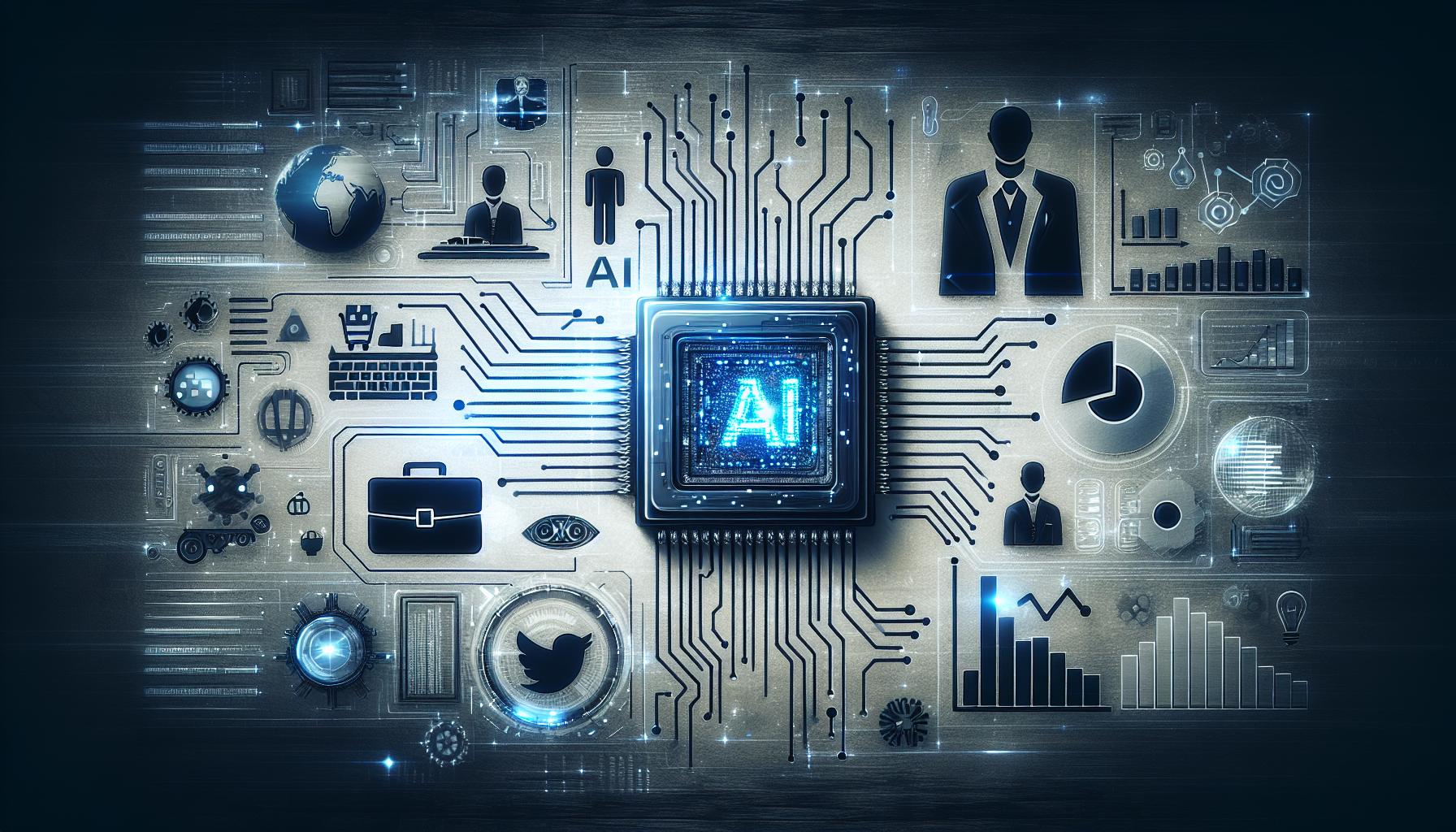Best Practices for Deploying an AI Assistant Using OpenAI and RAIA
Introduction
Artificial Intelligence (AI) is transforming the way businesses operate, enhancing efficiency, and enabling sophisticated customer interactions. Deploying an A.I. assistant is a multifaceted process that requires careful planning, data preparation, and continuous optimization. By leveraging both OpenAI and RAIA platforms, organizations can create compliant, efficient, and robust A.I. solutions. This article explores the best practices for deploying an A.I. assistant using OpenAI and RAIA.
1. Define Objectives and Scope
Before starting the A.I. assistant development, it's crucial to define the objectives and scope:
- Determine Specific Tasks and Functions: Clearly outline what tasks your A.I. assistant will perform such as customer support, personal assistance, educational tool, or other functions.
- Scope of Knowledge and Interaction Types: Decide on the specific knowledge areas and interaction types the assistant will handle.
2. Gather and Prepare Data
Data preparation is vital to train an A.I. assistant effectively:
- Collect Relevant Datasets: Source high-quality data pertinent to your AI's goals, such as conversational data, domain-specific information, FAQs, and user manuals.
- Ensure Data Quality: Make sure the information is clean, well-organized, and diverse to cover various scenarios your assistant might encounter.
3. Select and Fine-Tune a Model
Selecting and fine-tuning the right model is key to effectiveness:
- Choose a Pre-trained Model: Opt for a powerful model like OpenAI's GPT-4, which has extensive pre-training.
- Fine-Tuning: Adapt the model to your use case by training it on your curated dataset, enhancing its performance within your targeted domain.
4. Set Up the Training Environment
A robust training environment is essential:
- Utilize OpenAI's API: Use the API for both training and deploying your model.
- Configure Resources and Software: Set up the environment with computational resources such as GPUs, and a software stack including Python, TensorFlow, and PyTorch.
5. Training Process
Training involves multiple steps:
- Data Splitting: Divide your data into training, validation, and test sets.
- Training and Monitoring: Train the model, validate its performance, and test its accuracy while monitoring metrics like loss and accuracy.
6. Iterate and Optimize
Optimization ensures continual improvement:
- Performance Analysis: Continuously analyze the model's performance to find areas for improvement.
- Optimization: Modify hyperparameters, add more data, or refine the training process to enhance capabilities.
7. Evaluate and Test
Thorough testing is imperative:
- Comprehensive Testing: Ensure thorough testing to confirm the A.I. assistant's efficacy in real-world scenarios.
- Various Testing Methods: Use A/B testing, gather user feedback, and conduct scenario-based evaluations to gauge performance.
8. Deploy and Monitor
Deployment and monitoring are ongoing processes:
- Deployment: Use OpenAI's deployment tools to launch the trained model.
- Continuous Monitoring: Continually monitor the A.I. assistant's interactions and performance to ensure it meets user expectations.
- Regular Updates: Implement mechanisms for regular updates and retraining based on new data and user feedback.
9. Ethical Considerations and Compliance
Ethics and compliance cannot be overlooked:
- Adhere to Standards: Ensure compliance with ethical standards and regulations.
- Safeguards for Privacy: Implement measures to prevent misuse and ensure the A.I. respects user privacy and data security.
Leveraging RAIA's Unique Features
RAIA offers several standout features for building, training, and testing A.I. agents:
1. Sandbox Environment
- Controlled Testing: RAIA provides a secure sandbox environment for developing, training, and testing A.I. agents, allowing safe experimentation without affecting live environments.
- Iterative Development: Facilitates real-time testing and iterative fine-tuning to perfect A.I. models before full-scale deployment.
2. Training Modules
- Curated Training Data: RAIA allows training with real-world, domain-specific data, ensuring highly relevant and accurate responses.
- Custom Training Scenarios: Users can create scenarios that mirror real-world applications, better preparing A.I. agents for deployment.
3. Advanced Metrics and Monitoring
- In-Depth Analytics: RAIA offers sophisticated analytics tools to monitor A.I. performance, user interactions, and overall effectiveness.
- Continuous Feedback Loop: The platform provides mechanisms for continuous user feedback incorporation, enhancing A.I. capabilities steadily.
4. Ethical and Compliant AI
- Ethics Module: RAIA includes functionalities ensuring that A.I. deployment is ethical and complies with industry regulations, aiding responsible A.I. solution development.
- Privacy Controls: Built-in safeguards within RAIA respect user privacy and prevent data misuse, maintaining security and trust.
Conclusion
Deploying an A.I. assistant requires meticulous planning, extensive data preparation, model tuning, and continuous optimization. By leveraging OpenAI and RAIA, organizations can create efficient A.I. assistants that enhance productivity. RAIA's unique sandbox environment and advanced training modules provide valuable support, ensuring reliable and effective deployments. Following these best practices will help in creating robust A.I. assistants tailored to meet business needs, driving greater innovation and value.
With these structured steps, businesses can ensure that their A.I. ventures are grounded in solid practices, paving the way for successful A.I. integration and sustainable transformation.


